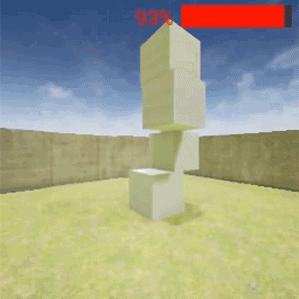Google is going all guns blazing to get its self-driving cars a better car manufacturer. It should be noted that last year Apple had talk with BMW to assess the manufacturing capabilities of self-driving cars. Apple wanted to get manufacturing support and assistance from the automotive major rather setting up whole manufacturing line but the talks went sour and some elite BMW officials lost their jobs.
Google is now initiating talks with the automaker Ford Motor Co. in order to secure help in building autonomous cars. As per the source, if the deal gets finalized then it might be revealed in the upcoming International Consumer Electronics Show in Las Vegas in January.
Google keeps mum on its talks with Ford
Google spokesperson has kept mum and declined to give any comment on this initiation of talks with Ford. But it should be noted that Google has increased its efforts in roping in new partners for the automobile world to give proper shape to its aims of bringing self-driving cars to the market by 2020.
Ford is an ideal partner for Google
It is quite logical for the Google to partner with an established automaker as it offers a remarkable way of building cars. It wouldn’t be feasible for the Google to ensure that tens of thousands of parts to be used in the cars could abide by the strict federal guidelines. Google will have to spend huge amount on developing plants and competencies, which are involved in building cars. But having Ford as the partner will help Google in leaving the manufacturing related decisions in the hands of seasoned car maker and it can lend its time towards improving the various aspects of the automation technology.
Ford looking for partners for its autonomous driving research
In the past year, Ford has been vocal about its autonomous driving research and it was actively looking for new partners. Ford was hoping to get some new startup and bigger companies to work together in order to improvise and revolutionalize the automotive industry on a bigger scale. The coming together of Ford and Google is a right as most of the automakers are planning the self-driving gradually by adding one feature at a time. But Google has aimed of bringing the first self driving car with complete automotive controls and devoid of any steering wheels or pedals.
Ford will benefit from partnering with Google
It is worth noting that Ford has been lagging behind most of its competitor and it has revamped its pace for developing the self-driving cars last year in order to get better of them. Ford has expanded its advanced safety technology, which includes a number of features from the automatic braking, hands free operation of cars and much more. Ford will be implementing most of its automotive functionalities and features in its global line over the next five years. Partnering with Google will benefit both the companies on a whole new level.



























